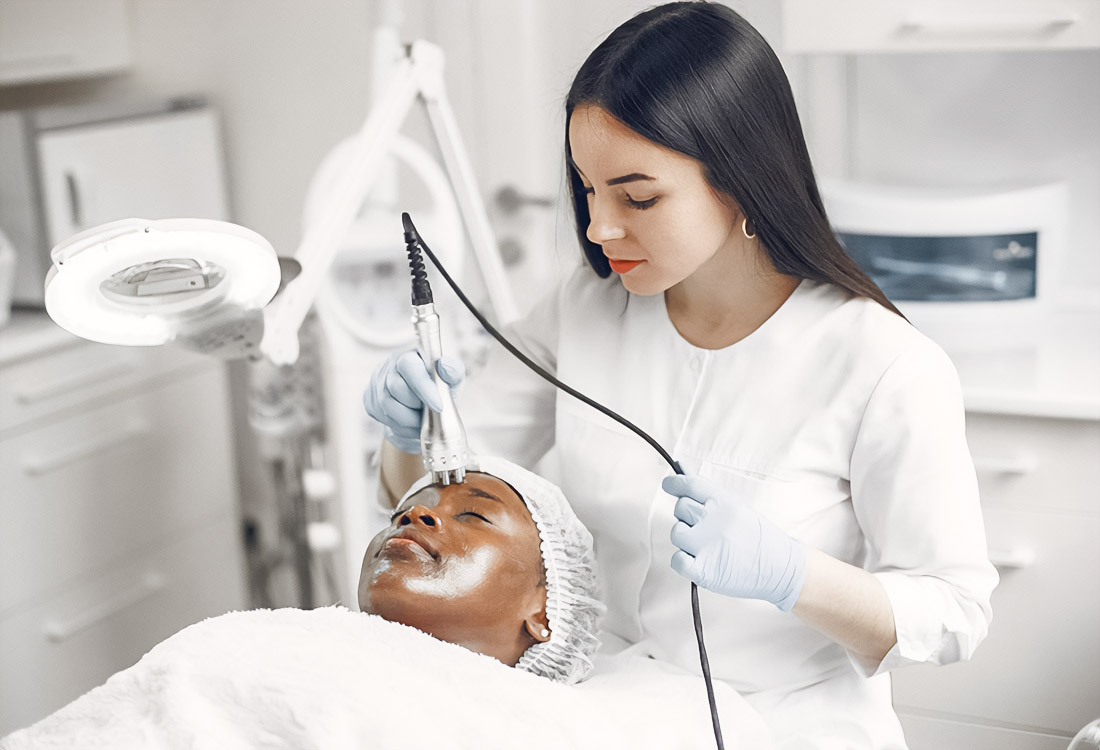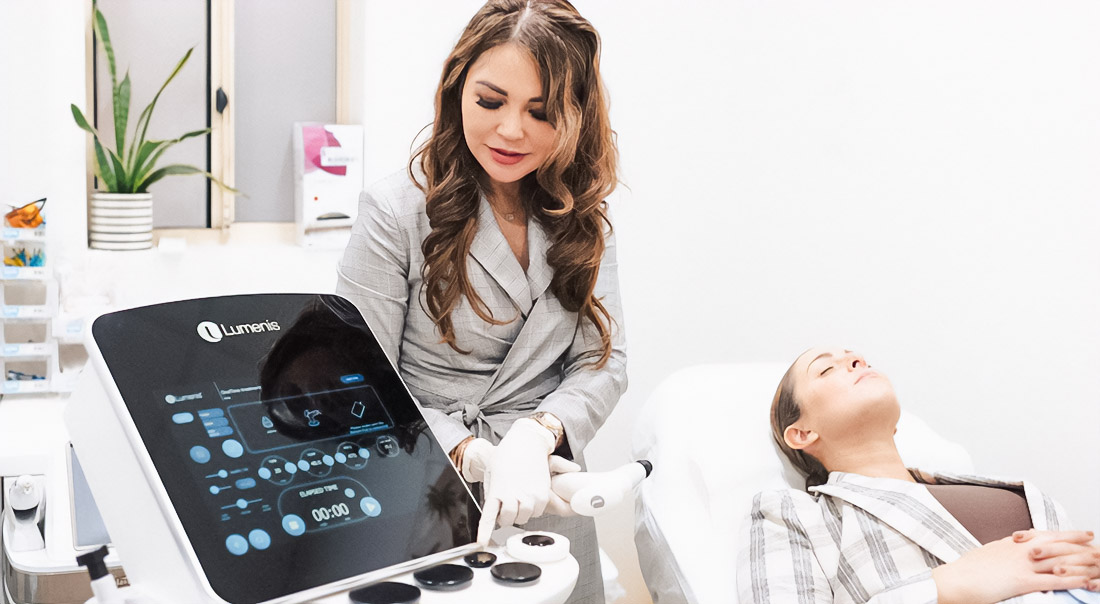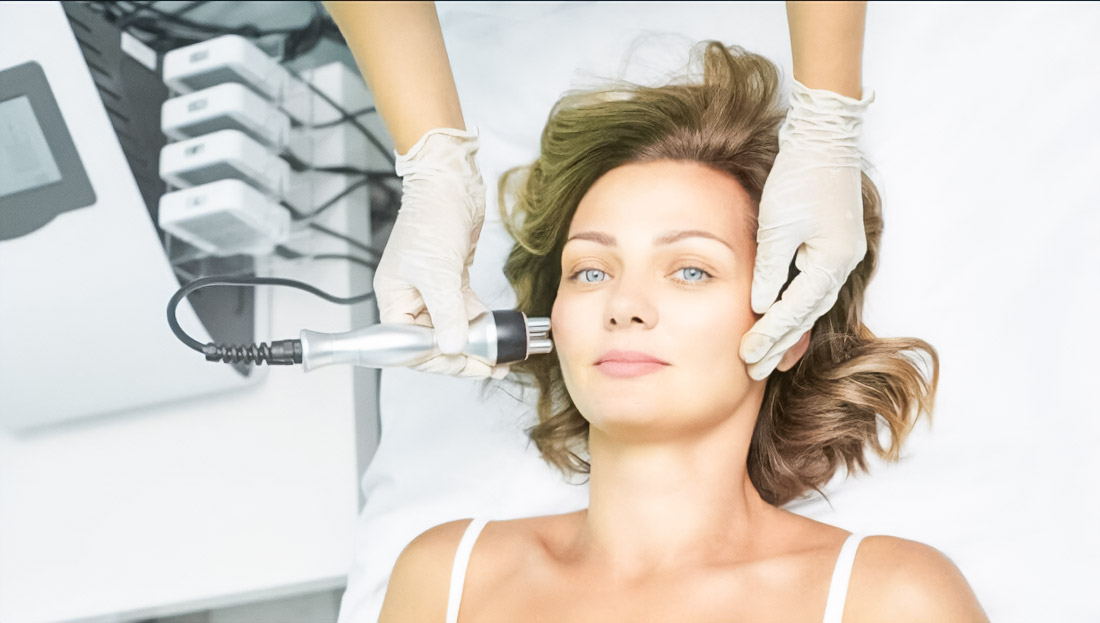Care for skin in the modern world – this is not a simple aspiration for aesthetics; this also cares about health, well-being, and confidence in oneself. Technological achievements and the newest scientific research in the area of dermatology provide us with a mass of possibilities for the creation of more effective and personalized solutions. In this article, we immerse in three key vectors that revolutionize care for skin: biohacking, DNA-based skin procedures, and individual dermatology. Today, many people turn to aesthetic clinic Dubai for obtaining advanced procedures and recommendations.
Table of Contents
Biohacking: Creative Approach to Care for Skin

What such biohacking?
Biohacking – this innovative practice, including the application of scientific and technical methods for optimization of health and increase of functionality of organisms. In the context of skincare, biohacking includes the usage of diverse methodologies and technologies to improve the condition of the skin, slow the processes of aging, and increase overall life energy.
Examples of biohacking in care for skin
- Nutricosmetics: Usage of food supplements and products enriched with vitamins, minerals, and antioxidants for improvement of the condition of skin from the inside. In 2023, the volume of the market of nutricosmetics reached 7 billion dollars.
- Technologies of light therapy: Application of LED devices for stimulation of cellular regeneration and improvement of the texture of the skin. Regular usage leads to an increase in the production of collagen by 20%.
- Cryotherapy: Exposure to cold temperatures for an increase of blood circulation and reduction of inflammatory processes. Annually, more than 50,000 people in the world use cryotherapy to improve the health of the skin.
Current research and perspectives
Scientific research in the area of biohacking continues to actively develop, opening new horizons in the care for the skin. For example, research shows that light therapy can reduce the depth of wrinkles by 30% with regular application over 12 weeks. However, biohacking requires an individual approach and consultations with specialists.
DNA-Based Skin Procedures

Role of genetics in care for skin
Genetic research provides a unique opportunity to create personalized care programs. DNA analyses help to reveal predispositions to skin diseases, sensitivities, and regenerative capabilities of the skin.
Advantages and potential risks
- Advantages:
- Individualization: Programs of care on the basis of genetics allow more precisely select means and procedures. According to preliminary data, this improves the results of therapy by 40%.
- Early diagnosis: Opportunity to predict and prevent the development of skin diseases even before their manifestation.
- Risks:
- Confidentiality of data: It is critically important to protect the genetic information of clients.
- Limited data: Not all genetic markers have sufficient accuracy for the prognosis of the condition of the skin.
Examples of usage of DNA-based procedures
On the market, companies already operate that offer DNA tests for the assessment of the condition of the skin and the selection of care means. For example, analyses can reveal a predisposition to acne or photoaging, which allows preventive measures to be taken in advance. In 2022 year, more than 5% of girls aged 18 to 35 years already used DNA analytics to care for their skin.
Personalized Dermatology

Change of approaches to treatment and care
Personalized dermatology places emphasis on the individual features of each patient, including not only genetics but also such aspects as lifestyle, environmental conditions, and medical history.
Technologies and methods
- Artificial intelligence and machine learning: Usage of algorithms for the creation of personal recommendations and forecasts. 90% of dermatologists report that AI improves the spectrum of recommendations.
- 3D-printing: Production of individual cosmetic means and devices for personal care.
- Digital platforms: Applications and online services allow you to receive consultations and recommendations in real-time, available 24/7.
Examples from practice
Several clinics have already successfully implemented personalized approaches, developing for patients individual treatment plans on the basis of analysis of data and genetic tests. This significantly increases the efficiency of the treatment of skin diseases, such as chronic dermatoses, improving the overall condition of the skin 35% faster compared to traditional methods.
Real examples and research

According to research, using individualized strategies can greatly improve therapy effectiveness. For instance, a study carried out in 2021 found that patients who adhered to tailored advice had a 30% improvement in skin health more quickly than those who employed conventional care techniques.
Conclusion
The beauty business undergoes a huge transformation as biohacking, DNA-based procedures, and personalized dermatology are included in regular skin care. By considering each person’s unique demands, these advancements enable the creation of safer and more effective solutions. To ensure that everyone can benefit from technology, further study in this field is required, as is making them widely available.


